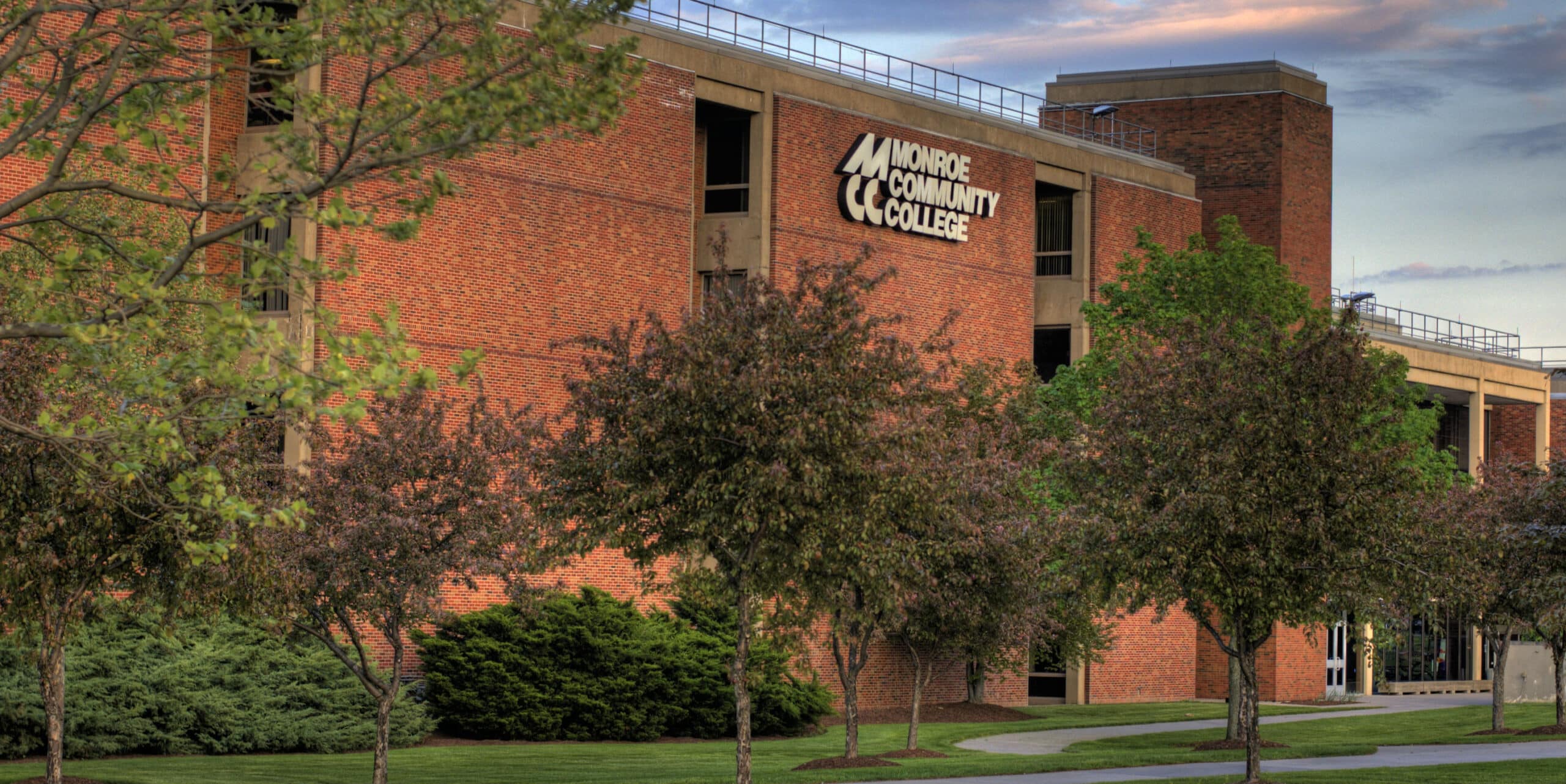In the mid-1990s, Amazon started selling books online and quickly moved to dominate the space, including running Border’s online store by 2001 and driving Borders to bankruptcy by 2011. Kodak, which once had 90 percent market share in the U.S. film market, was disrupted by digital photography and ultimately filed Chapter 11 in 2012. Corporate behemoth Xerox has struggled to find its footing after small desktop printers disrupted its larger, more complex copy machines. In each case, disruptive innovations made products that were simpler, cheaper, and more accessible—and then became so successful that they toppled the long-standing leaders of the industry.
We’ve seen disruption across industries—but not everywhere. For a long time, we didn’t see it in higher education.
But with the rise of online technology, the nature of competition is shifting: disruptive innovations now pose a viable threat to traditional higher education institutions. To understand why—and to gather insights on what is driving disruption in higher education today—we can look to a familiar part of the economy that has only recently been on the receiving end of disruption: the hotel industry.
For many years, the hotel industry did not experience disruptive innovation coming from the low end of the market. This wasn’t because the hotel industry didn’t have a low end—many a happy road trip has involved overnights at Motel 6 and Super 8. But those low-end competitors lacked a technological enabler to allow them to go upmarket. The business model of running a low-end hotel chain, like Motel 6, is very different from the business model of running a high-end chain, like the Four Seasons. For Motel 6 to be more like the Four Seasons, it would need to remodel the rooms, which is easy enough. But it would also need a bigger lobby and a restaurant, which would be tougher. It would need to add more staff and more systems. By the time Motel 6 added all of those things, it wouldn’t be a low-end competitor offering something simpler and cheaper—it would be just another Four Seasons.
Today, however, the hotel industry faces a unique competitor: AirBnB. AirBnB entered the market at the low end by offering users the chance to sleep on a stranger’s couch. But over time, the service has evolved to include higher end listings: penthouse suites, beachside mansions, and mountain lodges. Now, AirBnB is beginning to offer curated “experiences” on top of just places to stay. AirBnB’s platform is a technological enabler that has allowed it to go upmarket and compete disruptively against major hotel chains.
Similarly, until recently, higher education has lacked a technological enabler that would allow for disruptive innovation. But online education has created a path for disruptors to introduce programs to serve nonconsumers and then gradually iterate and move further and further upmarket. This technology has unleashed a variety of disruptive experiments, including bootcamps, competency-based programs, and microcredentials. It’s too early to say whether any particular program or organization will disrupt higher education, but some clearly have the potential to do so. The technological enabler is in place; higher education is ripe for disruption.
What does this mean for higher education leaders? In my most recent paper, we explore the implications of disruptive innovation for colleges and universities. Disruptions are first adopted by those who don’t have the money, time, or expertise to access the market. In higher education, this means nontraditional students with constraints on their time, like jobs and caring for children or parents. This, in fact, is exactly where we see online degree programs proliferating. Between 2003 and 2007, the percentage of students taking their entire graduate degree program online grew by half. Between 2007 and 2011, it grew by half again. For learners over 30, a quarter of students are earning their graduate degrees fully online. And for adults who are single parents, that number rises to 32 percent. (More stats here.) Over time, we expect online learning to continue to gain traction among adult learners at the graduate level and then move into more core markets serving traditional-aged undergraduates. The experience of disruption in other industries suggests this core market maybe the last affected—but by no means least affected—as disruptive innovation moves upmarket in higher education.
Some might object, pointing out that employers are resistant to online degrees and that students who have the flexibility and the time to do traditional programs by-and-large are still choosing to do so. But disruptive innovations don’t sit passively on the sidelines waiting for customers to adopt them. The technology improves incrementally, creating a better and better value proposition that is attractive to more and more consumers. We have already seen tremendous improvement since online courses first debuted over 30 years ago, and we expect to see more investments in online learning technology that address the specific pain points of students and employers going forward.
Higher education isn’t immune to the forces of disruption; they’ve just been a long time coming. Sustaining innovation has driven competition among institutions historically, and few new entrants have achieved comparable levels of prestige to the oldest institutions. But disruption can move quickly. Take recent shifts in the hotel industry: the largest hotel chain in the world, Marriott, was founded in 1927. In the 90 years since, it has grown to over a million hotel rooms worldwide and now has a market cap of almost $34 billion. AirBnB was founded only nine years ago. But based on its most recent equity raise, AirBnB already has a valuation of over $30 billion—and over 3 million listings. Online learning technologies are already making it possible for people who were previously shut out of the higher education system to earn their degrees. Down the line, disruptions in higher education stand likewise to move upmarket. To grapple with this new reality, institutional leaders should harness the tools of innovation in order to help their institutions respond effectively.
For more, see:



